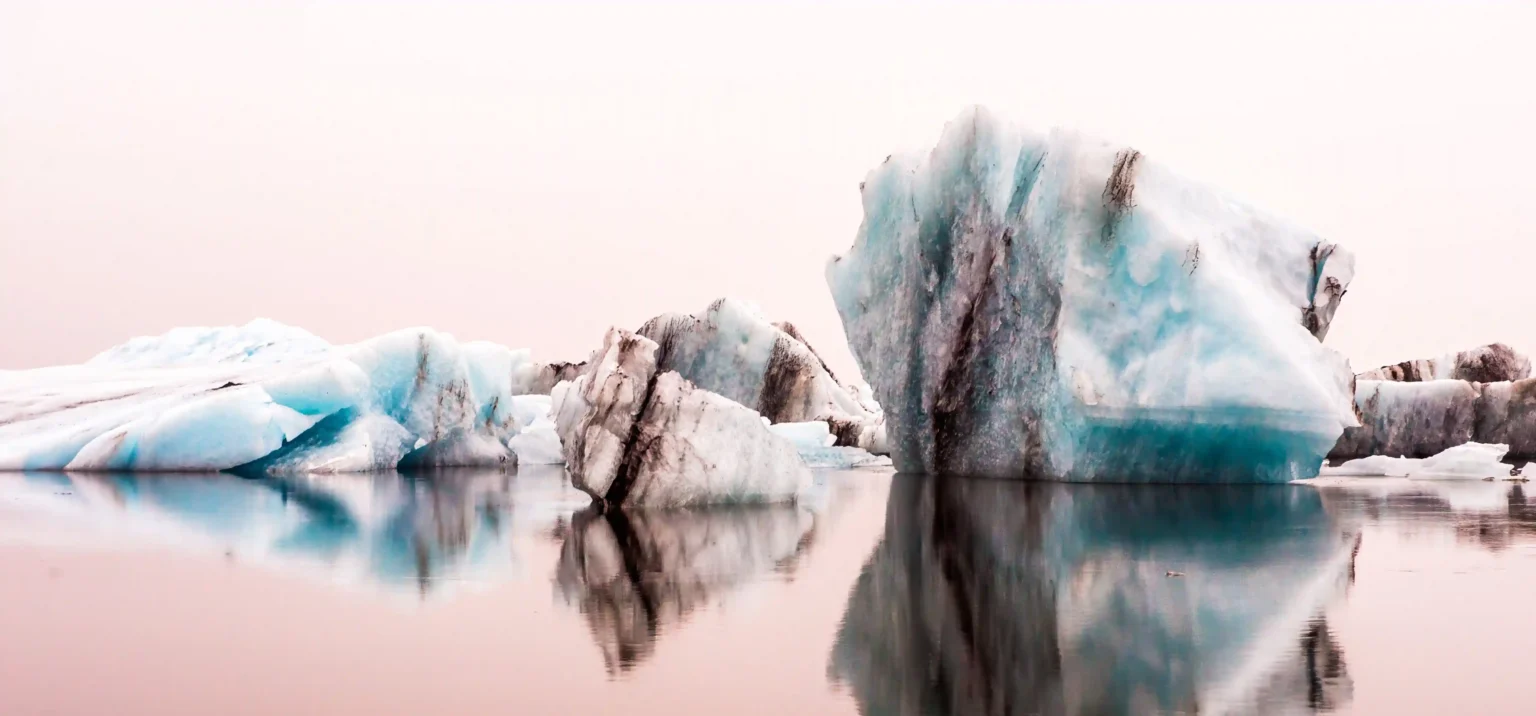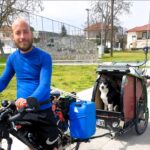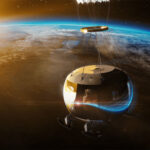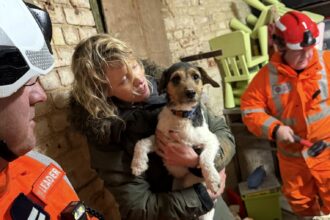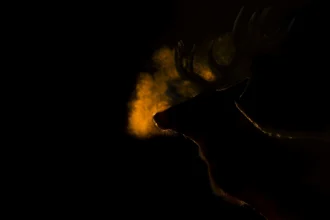Epic icebergs were captured in these stunning snaps taken by a Brit photographer.
Stephen Dean captured them on two separate trips to Iceland and Svalbard.
The 44-year-old was blown away by the eye-catching beauty of the ice that had formed some magnificent patterns and shapes.
The chartered accountant, of Chalfont St Giles, Bucks, took a road trip in the south east area of Iceland to view the iconic Jokulsarlon glacier lake.
- Advertisement -
READ MORE: Three huge boats appear to float in air due to mind-bending illusion
The Svalbard images were captured during a small cruise around the island, where he was able to get multiple shots of huge icebergs.
During his trips, Stephen came across plenty of wildlife including polar bears, walruses, seals, arctic foxes and many more.
He told What’s The Jam: “During the trip I couldn’t stop thinking about how beautiful the ice was and what shapes and patterns could be seen in the ice.
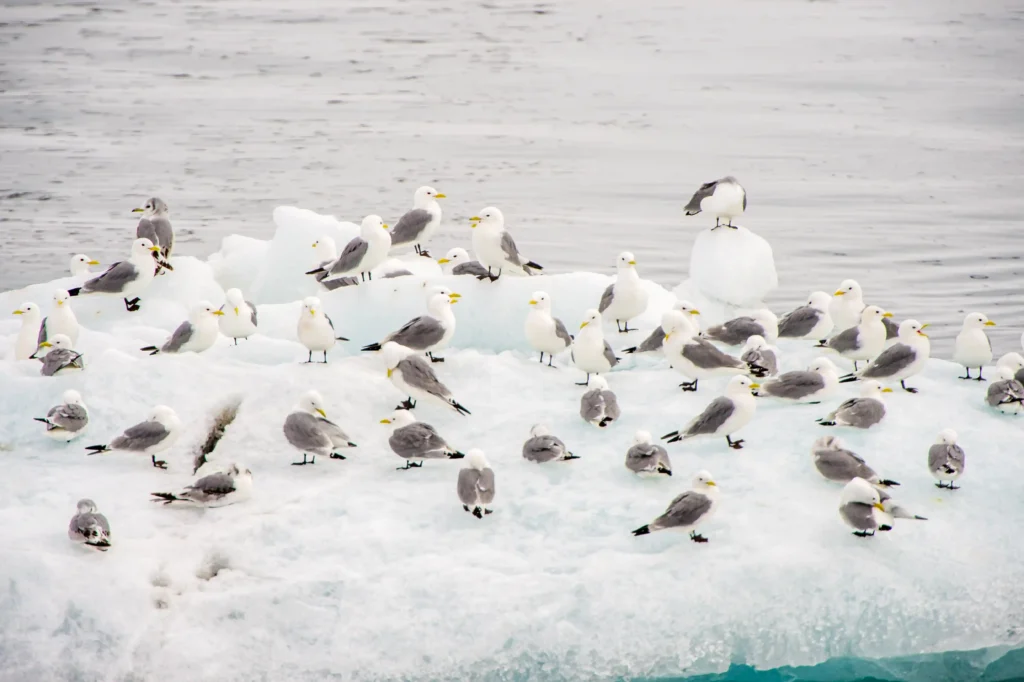
“It is part of a natural process, even without global warming, for ice to calve from glaciers and so it was lovely being able to get so close to them.
- Advertisement -
“During my trip to Svalbard, it very much depended on what we came across.
“Mostly the shots were from a RIB boat where we were able to sail around the iceberg.
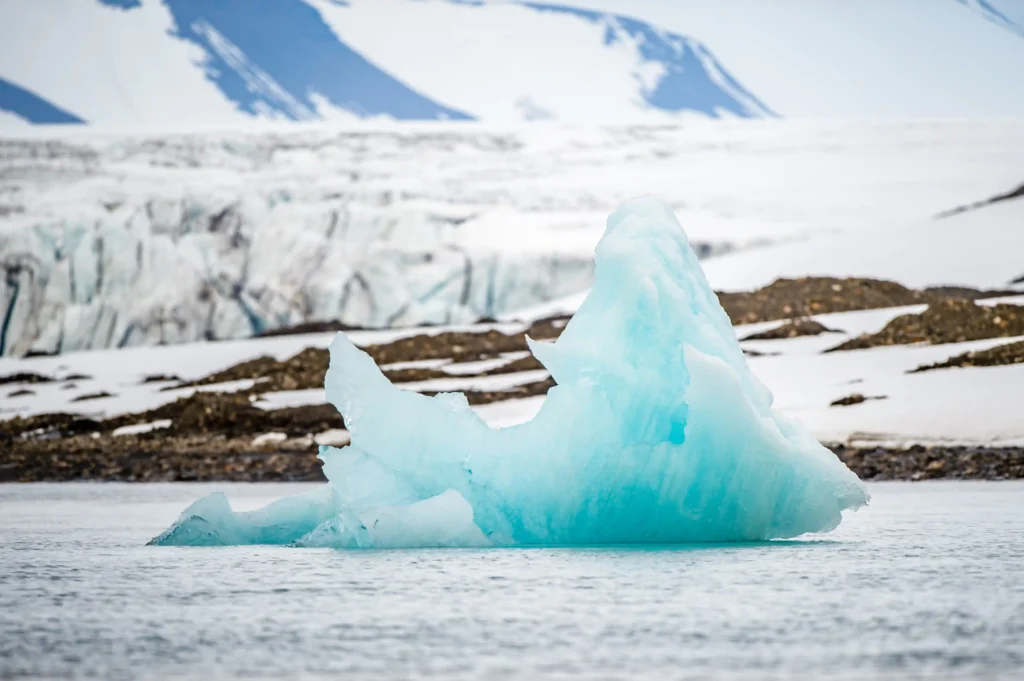
“Therefore it was a case of getting various shots from different angles and then seeing what worked best afterwards.
- Advertisement -
“The icebergs in the lagoon in Iceland and on the beach were largely stationary and so it was about getting the right angle to obtain good reflections and as much symmetry as possible.
“The shots from the beach were partly about getting the most pleasing angle but also about trying to capture the waves at the right time with the right amount of movement in the water.
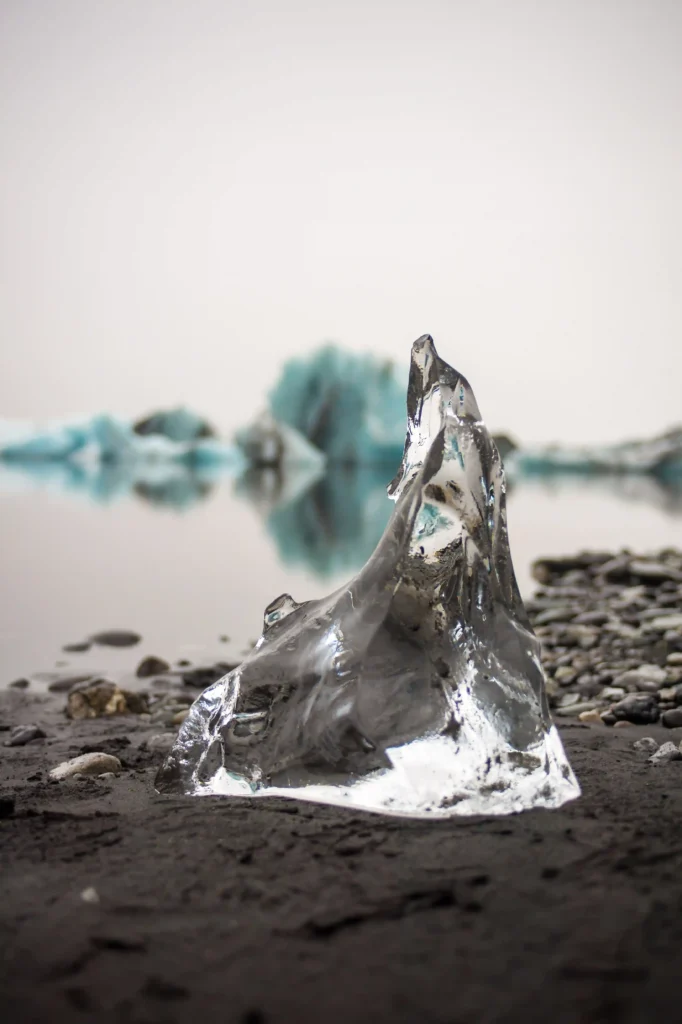
“I’m very concerned about global warming and the climate emergency.
“The arctic is one of the most rapidly warming areas of the planet and ice is critical in keeping the planet cool enough.
“The loss of icebergs and wider arctic ice is going to have a massive impact on the wildlife of the region as well, which is dependent on what the ice brings and what it means for the way in which they live and hunt.”


